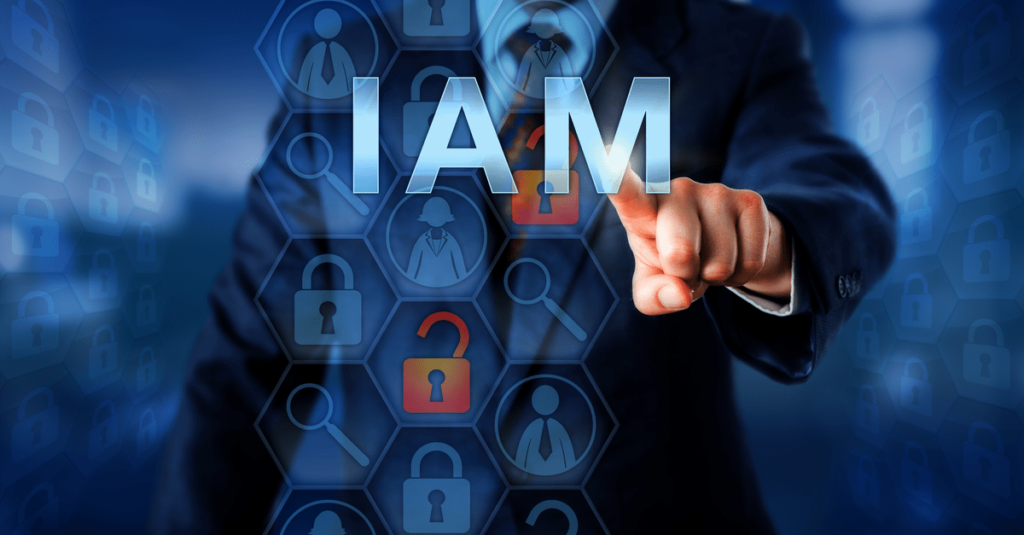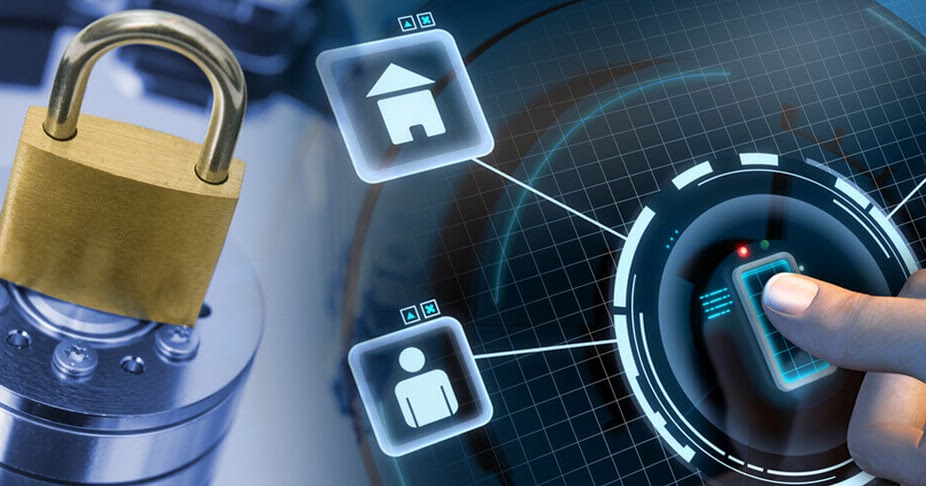Welcome aboard! This article delves into the complex but crucial world of Identity and Access Management (IAM). What if I told you that IAM is an invisible conductor orchestrating a significant part of your digital experiences? Intriguing. Let’s explore more about it.
Understanding the Identity and Access Management concept
-
Definition
IAM is a security framework that ensures the right individuals can access the appropriate resources at the right times for the right reasons. It’s like the vigilant security guard that controls access to a high-security building.
-
Importance
In our digital era, cybersecurity has moved from the basement to the boardroom, given the skyrocketing costs of data breaches. IAM plays a vital role in ensuring the security and privacy of an organization’s resources.
Components of IAM
IAM comprises several components: user identification, authentication, authorization, and management. Think of it as an orchestra, with each component playing its part to create the perfect symphony of security.
The Evolution of Identity and Access Management
-
Historical Overview
IAM has evolved over decades like a river that carves its path over centuries. From rudimentary password-based systems of the ’70s to sophisticated multi-factor authentication systems, the journey of IAM has been significant and impactful.
-
Modern Developments
Today, integrating artificial intelligence and machine learning into IAM solutions represents the cutting edge, helping organizations proactively predict and prevent security incidents.
Key Components of IAM Systems
-
Authentication
An authentication process must confirm a user’s identity to gain access. It can be likened to a bouncer checking IDs at a club, where only individuals with valid identification can gain access.
-
Authorization
Authorization defines what an authenticated user can do. Like the wristbands at a festival, it determines which areas you can access.
-
User Management
User Management is all about keeping track of who’s in the system. It’s akin to an event guest list, ensuring everyone present has the right to be there.
-
Reporting and Monitoring
This involves constantly monitoring system activities, like CCTV cameras in a store, monitoring every move.
Benefits of Implementing IAM
-
Enhanced Security
IAM improves security by ensuring that only authenticated and authorized users can access resources.
-
Efficiency and Productivity
By automating access management processes, IAM systems can boost efficiency and productivity.
-
Regulatory Compliance
IAM helps organizations adhere to regulatory requirements, reducing the risk of legal penalties.
Challenges in IAM Implementation
-
The complexity of IAM Systems
Identity and Access Management systems can be complex to implement and manage, requiring specialized skills and knowledge.
-
Scaling IAM Solutions
As organizations grow, their IAM needs can change, creating challenges in scaling IAM solutions.
-
Maintaining User Privacy
With increasing privacy concerns, organizations must ensure their IAM solutions protect user data.
The Future of IAM
-
Influence of Technology Trends
Emerging technologies like blockchain and AI could reshape IAM, offering enhanced security and efficiency.
-
Emerging IAM solutions
New Identity and Access Management solutions are emerging to meet the evolving needs of organizations, including cloud-based IAM and Identity-as-a-Service (IDaaS).
Conclusion
Identity and Access Management is no longer a choice but a necessity in today’s digital world. It’s a complex yet fascinating realm that helps secure our digital experiences. As we look towards the future, emerging technologies promise to make IAM more robust, efficient, and user-friendly.







